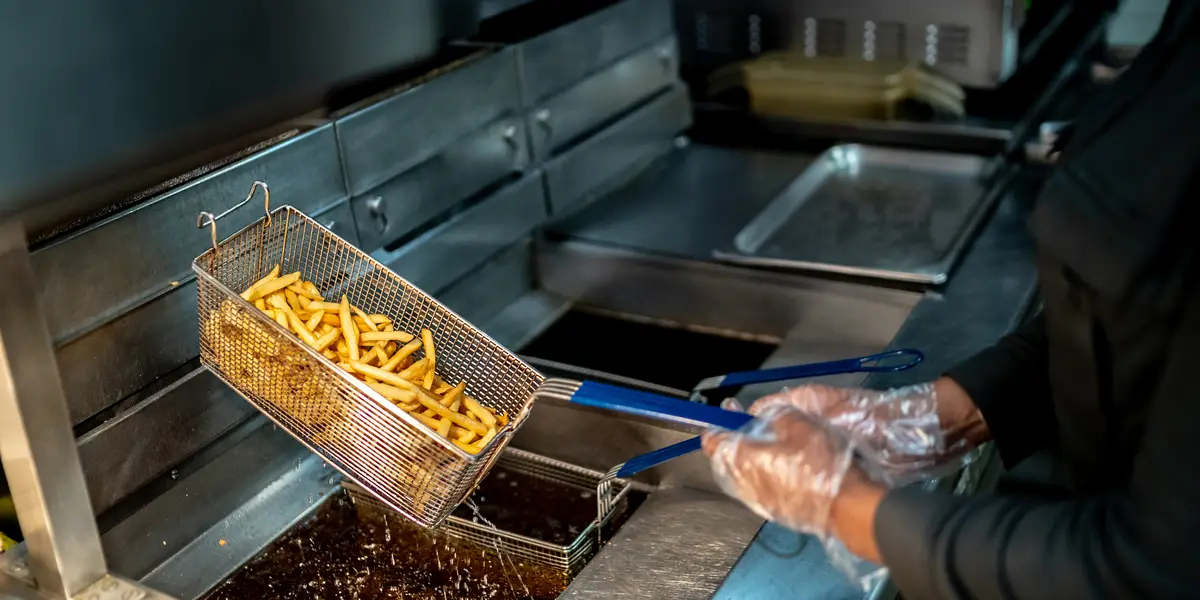Everyone has bad customer experiences. They come in all forms.
A customer walks into a drugstore to pick up a few basic necessities. They find things like toothpaste and deodorant kept under lock and key.
A family visits a flagship store of a luxury brand, ready to buy expensive items. The staff is disaffected and disinterested, content to let the brand do the work for them.
A hurried commuter stops by a fast-food restaurant to get a meal on the run, but the line is long and the order is wrong. There’s nothing fast about it.
These experiences are frustrating, irritating, and sometimes even offensive, but they are more often than not taken as a fact of life. Some consumers get irate, while others grit their teeth and bear it. Some simply take their business online to avoid the brick-and-mortar world altogether. But it doesn’t have to be this way. Most problems with customer experience can be boiled down to a single word: connection.
That is not, however, just a connection with the customer. It’s a 360-degree consideration that takes into account the employees, the company’s business model, its culture, and its decision-making processes — and the local communities that shape experiences for all involved. That’s not a mindset that drives most retailers, but in a world where almost anything can be bought online, those that embrace it can thrive and make better use of their brick-and-mortar footprint.
Location, Location, Person
Each of the three examples above illustrates a different aspect of the connection challenge. One of the hardest parts of retail is internalizing how each interaction creates an impression. Impressions lead to patterns, and those patterns dictate the success or failure of a business.
Let’s start with the healthcare retailer. It’s a pharmacy, yes, but also offers basic groceries, personal grooming products, office supplies, and other staples of daily life. It’s an essential business for any neighborhood. But neighborhoods are dynamic; their people and economic conditions are always changing. If a business can’t adapt to its location and customers, it’s in trouble.
During the COVID-19 pandemic, homelessness and poverty rose dramatically in some places. When toothpaste and deodorant are the items being shoplifted (and put behind plastic shields), it says something specific about a community — that people are struggling to afford the basic necessities of personal hygiene, or that they’re so desperate for cash they steal them to sell them online. A reflexive decision to keep such items locked down is understandable, but it’s not smart.
A business that is connected with its community might sponsor ways to distribute such relatively inexpensive products to those in need as a part of a CSR initiative. Healthcare retailers have already become first-line providers for things like flu and COVID-19 vaccines. A more proactive response to customers in need can further cement the business’s essential role in the community, while not alienating consumers by applying cumbersome restrictions.
Location analysis is critical to a business’s initial success, but it’s not a static, one-time process. In this scenario, ongoing assessment and adaptation help keep the retailer relevant and the neighborhood healthy.
A Path Forward
Luxury retailers face a different set of challenges. Customers expect not only premium products but a personal touch in the buying experience. This is where the employees need to be fully on board and well-trained to deliver appropriate service. It’s the front line for building a connection between the customer and the brand.
One problem is that retail service jobs are often low-paying and have a notoriously high rate of attrition. Employee retention is a key driver of retail performance, so engaging employees in meaningful ways helps reduce perpetual training costs while at the same time fostering a higher level of service to customers.
In this context, the focus might not be just on immediate results, but for the long term. Employees who see a path for advancement within the company are likely to stay longer and be more invested in the quality of their work. Those who will inevitably depart for further education or job opportunities benefit from more substantial titles on their resumes and service training that will help them throughout the course of any career.
Effective career development enables employees to take pride in being brand ambassadors and helps reward and retain the best and brightest employees, who might well be the future of the business. This is essential in a post-COVID world in which customers, accustomed to online shopping, require an experience that matches the price tag. It’s not enough to just get them through the checkout line — they have to feel good about it.
Meaningful Points of Contact
Across the spectrum of retail enterprises, it’s increasingly who you are that matters. What you are should already be obvious. Where you are is always changing, even when you haven’t moved. But who you are — the values that you demonstrate, not just talk about — shapes the public’s understanding of the company and informs their loyalty to the brand.
For a clothing chain, that may mean added touches like free repairs or tailoring. For fast food, it could be mobile apps that are easy, actually work, and make the ordering process more efficient for everyone. Labor practices that are widely understood to be fair and transparent build trust. Most customers look at a brand's practices when making a buying decision. After all, the customer thinks, if you don’t care about your workers, how could you possibly care about me?
Revenue per square foot will always be an important metric, but if it’s a function of hopscotching locations by opening and closing outlets based on the latest quarter’s performance, it doesn’t tell the full story. As one leg of retail’s three-legged stool (which includes desktop and mobile), the most important role brick-and-mortar can play for a brand is connection. Thoughtful, intentional connection with communities, employees, and, ultimately, customers. That can’t be faked, and it can’t go wrong.
Shireen Hilal leads the Growth Team at Ichor Strategies. She has deep expertise in creating and executing initiatives around transformation, efficiency, and revenue growth.




